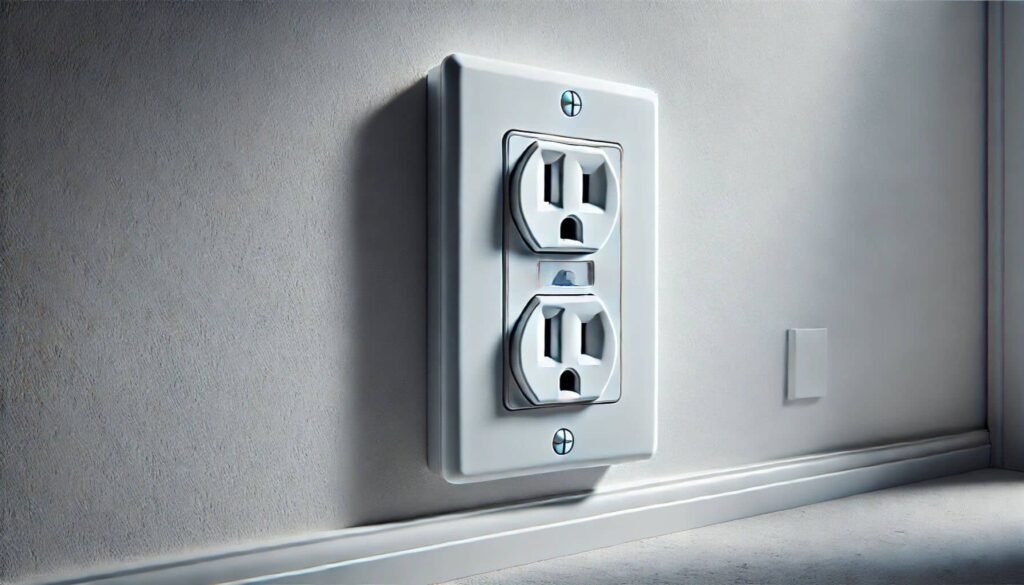Grounding, also known as earthing, has grown in popularity as people seek natural ways to improve their well-being. While the practice of reconnecting with the Earth’s energy sounds simple, it has sparked many questions and misconceptions.
Let’s address some of the most common questions and debunk myths surrounding grounding.
1. What Exactly Is Grounding?

Grounding involves physically connecting your body to the Earth — be it through walking barefoot on natural surfaces, using grounding mats, or lying on the grass. The idea is that this contact allows your body to absorb the Earth’s electrons, which may help reduce inflammation, improve sleep, and support overall wellness.
Myth
“Grounding is just a placebo effect.”
Truth
While some skepticism exists, several studies suggest that grounding has measurable physiological effects, such as reduced cortisol levels and improved blood flow. Though more research is needed, the existing evidence supports its potential benefits.
2. Does Grounding Only Work Outdoors?

Many believe grounding requires being outside, barefoot on grass or sand. While this is the most direct method, it’s not the only way.
Myth
“Grounding is ineffective indoors.”
Truth
Grounding products, like mats and sheets, can work indoors to mimic outdoor grounding by connecting to the grounding port of an electrical outlet. These tools provide an accessible option for those in urban environments or during colder months.
What’s a grounding port? A grounding port in an electrical outlet is a safety feature designed to provide a direct connection to the Earth, preventing electrical shocks during an electrical overload.

It safely redirects excess electrical energy, such as static or a surge, away from devices and individuals, ensuring proper functioning of electrical systems.
When grounding products connect to this port, they utilize its Earth connection without interacting with live electrical currents, making them safe and effective for replicating outdoor grounding indoors.
3. Is Grounding Safe?
Safety concerns often arise, especially regarding the use of grounding equipment.
Myth
“Grounding mats and sheets can cause electrical shocks.”
Truth
Grounding products are designed to connect only to the Earth’s grounding system, and avoid live electrical currents. When used properly, they’re entirely safe and mimic the same connection you would achieve by walking barefoot.
3. Do You Need to Spend Hours Grounding for It to Work?

The idea of spending hours outdoors or using grounding devices might seem daunting to beginners.
Myth
“Grounding only works if practiced for long periods.”
Truth
Even short sessions of grounding, such as 20 to 30 minutes, can have noticeable benefits. Regular, consistent practice is more important than duration.
5. Is There Any Scientific Basis for Grounding?
Critics often argue that grounding lacks scientific backing and is rooted in pseudoscience.
Myth
“Grounding has no scientific evidence to support its claims.”
Truth
Research on grounding, while still emerging, has shown promising results. Studies have documented benefits such as reduced inflammation, improved sleep, and faster recovery times.
6. Does Grounding Work for Everyone?

Results can vary, leading some to question its effectiveness.
Myth
“If grounding doesn’t work immediately, it’s ineffective.”
Truth
Like any wellness practice, grounding’s benefits may take time to manifest and can depend on individual factors such as stress levels, lifestyle, and overall health. Patience and consistency are key.
7. Can Grounding Cure Serious Illnesses?
As grounding gains popularity, exaggerated claims sometimes emerge about its healing abilities.
Myth
“Grounding is a cure-all for health issues.”
Truth
Grounding is not a substitute for medical treatment. It can complement a healthy lifestyle and may support overall wellness, but it should not be relied upon as the sole solution for serious health concerns.
Final Thoughts
Grounding is a simple, accessible practice with growing recognition for its potential benefits. However, it’s important to separate fact from fiction. By understanding the science and debunking myths, you can approach grounding with realistic expectations and integrate it into your wellness routine effectively.
Whether you’re walking barefoot in nature or using a grounding mat at home, reconnecting with the Earth’s energy may offer a surprising boost to your health and well-being.



